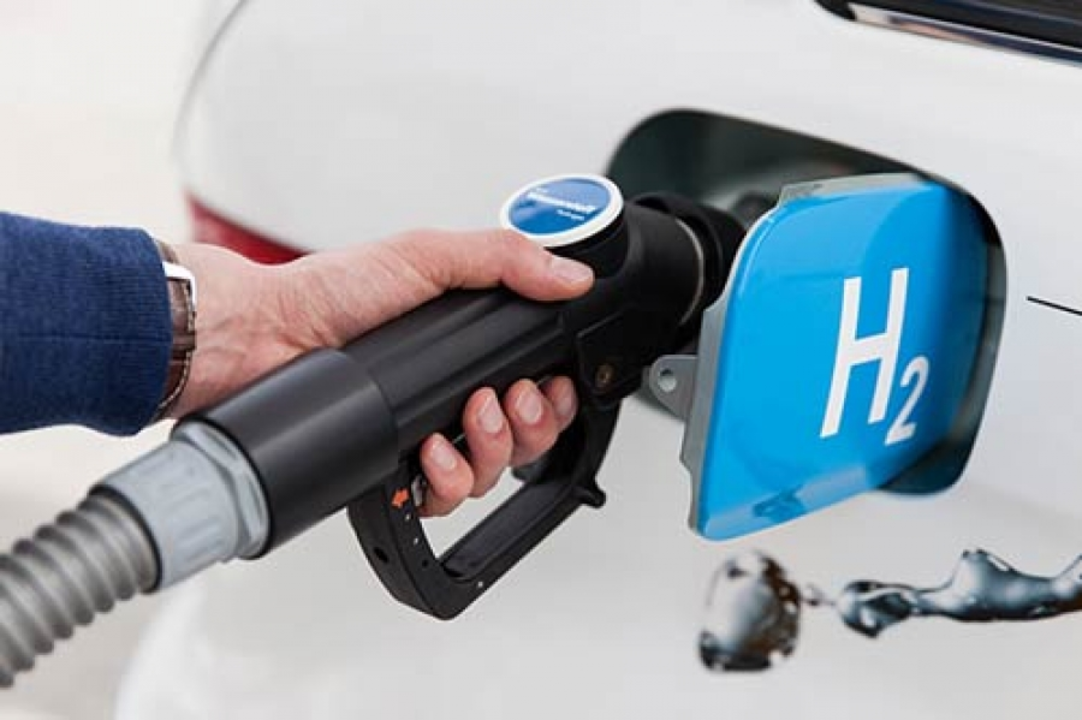As a racing enthusiast, I can't help but wonder what the future of auto racing will look like without gasoline. The shift towards electric vehicles is inevitable, and it'll surely impact how races are held and experienced. I envision an exciting era of innovative technology, with electric race cars that are incredibly fast and environmentally friendly. However, the nostalgic roar of engines will be missed, and the racing community will need to adapt to these changes. Overall, the future of auto racing may be different, but I believe it will continue to thrill and captivate fans worldwide.
Gasoline in Motorsports: What You Need to Know
When you hear the roar of a race car, the first thing that comes to mind is the engine screaming for power. That power comes from gasoline, the lifeblood of almost every racing series. Whether you’re a weekend track day enthusiast or a full‑time fan, understanding how gasoline works can give you a better feel for what makes those machines so fast.
Why gasoline matters in racing
Racing gasoline isn’t the same as the fuel you put in a commuter‑car. It’s specially blended to burn hotter, burn cleaner and deliver more energy per drop. That means higher horsepower, sharper throttle response, and less weight spent on extra fuel. The blend also affects engine temperature, exhaust smoke and even how long a car can stay on the track before needing a pit stop.
Most top‑level series use a high‑octane formula—usually 100 R+ in Formula 1, 98‑100 in IndyCar and 95‑98 in many touring‑car championships. Higher octane lets the engine run higher compression without knocking, which translates straight into speed. In short, the right gasoline lets engineers push the limits safely.
Choosing the right fuel and handling it safely
If you’re running a road‑legal car on a track day, stick to the pump grade that matches your engine’s recommendation. Don’t think a cheap 87‑octane will boost performance; it will likely cause knock and waste power. For serious racers, look for a fuel supplier that offers a racing‑specific blend and follow their storage guidelines—keep it in a sealed container, away from heat and sparks.
Fuel handling on the pit lane is all about speed and safety. Teams use quick‑connect fuel hoses, pre‑filled cans and anti‑static devices to prevent spills. If you ever refuel a car at home, make sure the area is well ventilated and you have a fire extinguisher nearby. A small spill can turn into a big problem fast.
Another practical tip: monitor fuel temperature. Cold fuel is denser, giving you a slight boost in volume, but it can also cause vapor lock in high‑performance engines. Many race teams route fuel through a heat‑exchanger to keep it within an optimal range, usually around 20‑30 °C.
Beyond the basics, there are a few tricks seasoned racers use to squeeze extra performance. Adding a fuel additive designed for racing can improve combustion efficiency and clean injectors. However, don’t overdo it—most series have strict rules on what additives are allowed.
Finally, remember that fuel strategy is part of the race plan. Knowing how many laps you can run on a full tank, how fuel consumption changes with throttle input, and when to push versus conserve can shave seconds off your total time. Teams use data loggers to track fuel flow in real time and adjust on the fly.
In a nutshell, gasoline powers the excitement you see on the track. The right blend, proper handling and smart strategy turn raw fuel into blistering speed. So next time you watch a race, you’ll have a better idea of what’s really happening under the hood—every rev, every pit stop, and every win is tied back to the gasoline fueling the action.
